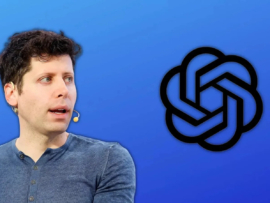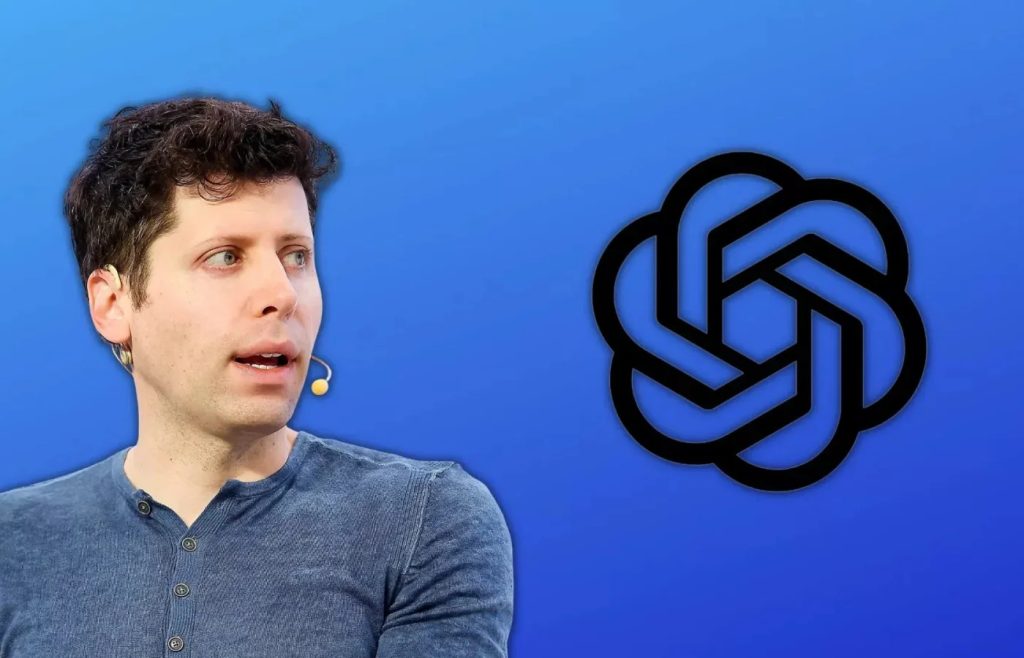
OpenAI’s newest artificial intelligence model, GPT-5, is slated for release in early August. GPT-5 will be available in mini and nano versions – lightweight versions that prioritise speed over computing power.
These GPT-5 details are based on what sources told The Verge in an exclusive report. The news aligns with researcher Alexander Wei’s comment that GPT-5 would be released “soon” during his announcement of a separate OpenAI model’s gold medal in the International Mathematical Olympiad. In addition, OpenAI CEO Sam Altman has revealed that GPT-5 will be a melange of models, including o3.
GPT-5 won’t require you to switch between models for different queries
During a podcast appearance back in June, Altman admitted the current state of model choice is a “whole mess”, and that the goal is to replace all the confusing variants (see: 4, 4o, and o4) with a simple progression. Apple recently made a similar simplifying rebrand to the iOS lineup, dropping version numbers in favour of year-based names.
“We hate the model picker as much as you do and want to return to magic unified intelligence,” said Altman, referring to the model picker menu on ChatGPT. His vision is a single system that can handle both quick questions and multi-step tasks that require reasoning and agent-like capabilities, eliminating the need to toggle between models.
As such, Altman said on X that GPT-5 will incorporate “a lot of our technology,” possibly including multiple models beyond just OpenAI o3, which will not be released as a standalone product like o1.
GPT-5 will be free
Another confirmed piece of information about GPT-5 is that it will be free to use with unlimited messages. Currently, the basic version of ChatGPT is free, including image generation and access to models GPT-4o for a limited number of messages, o4-mini, and GPT-3.5.
Altman said that, after GPT-5 is released, “Plus subscribers will be able to run GPT-5 at a higher level of intelligence, and Pro subscribers will be able to run GPT-5 at an even higher level of intelligence.” This higher level will incorporate voice, canvas, search, and deep research. Plus and Pro subscriptions currently cost $20 and $200 a month, respectively.
OpenAI may have been forced to rethink its pricing when Chinese AI company DeepSeek offered its advanced AI model for free earlier this year.
GPT-5 could be better at coding and… bioweapons?
There are a few other rumours circulating about GPT-5. On July 19, Altman posted on X that he had given “a little coding project” to OpenAI’s “new model,” and it was “done in 5 minutes.” This could well have been GPT-5, suggesting it will have enhanced coding abilities, but it could equally be the separate model which was tested at the Math Olympiad.
That same day, Tibor Blaho, an engineer for the prompt‑management tool AIPRM, spotted a reference to GPT‑5 in SecureBio’s biosecurity benchmark repository, suggesting that OpenAI may be evaluating the model’s biological reasoning capabilities as part of its safety testing. While the clearest takeaway is that GPT‑5’s release is imminent, its inclusion in a high‑priority biosecurity benchmark hints at a model powerful enough to warrant serious safety scrutiny.
GPT-5 will join OpenAI’s busy 2025 slate
So far this year, OpenAI has released o3, o3-pro, o4-mini, GPT-4.5, an image generation tool, the Operator agent application, and a free AI academy for teachers with Microsoft. It certainly does not want to slow down either, with plans to release an AI browser to rival Google Chrome and a mystery AI-powered wearable device with Apple designer Jony Ive, all while pursuing its ultimate goal of superintelligence.
However, whether OpenAI can sustain this breakneck release schedule remains uncertain. Meta’s Mark Zuckerberg has recently poached at least seven of OpenAI’s research team for his new superintelligence division, reportedly offering $100 million signing bonuses, much to Altman’s disgust.
OpenAI’s string of rapid releases has caught attention across the pond, with the UK securing a formal agreement from Sam Altman to collaborate on public-sector AI services and safety infrastructure.

